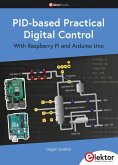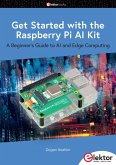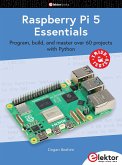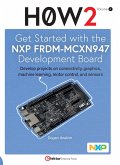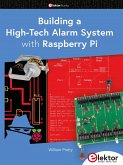This book will guide you through the operation of Thread*, the setup of a Thread network, and the creation of your own Zephyr-based OpenThread applications to use it. You'll acquire knowledge on: > The capture of network packets on Thread networks using Wireshark and the nRF Sniffer for 802.15.4. > Network simulation with the OpenThread Network Simulator. > Connecting a Thread network to a non-Thread network using a Thread Border Router. > The basics of Thread networking, including device roles and types, as well as the diverse types of unicast and multicast IPv6 addresses used in a Thread network. > The mechanisms behind network discovery, DNS queries, NAT64, and multicast addresses. > The process of joining a Thread network using network commissioning. > CoAP servers and clients and their OpenThread API. > Service registration and discovery. > Securing CoAP messages with DTLS, using a pre-shared key or X.509 certificates. > Investigating and optimizing a Thread device's power consumption. Once you've set up a Thread network with some devices and tried connecting and disconnecting them, you'll have gained a good insight into the functionality of a Thread network, including its self-healing capabilities. After you've experimented with all code examples in this book, you'll also have gained useful programming experience using the OpenThread API and CoAP. * Thread is a protocol for building efficient, secure and scalable wireless mesh networks for the Internet of Things (IoT), based on IPv6. OpenThread is an open-source implementation of the Thread protocol, originally developed by Google. It offers a comprehensive Application Programming Interface (API) that is both operating system and platform agnostic. OpenThread is the industry's reference implementation and the go-to platform for professional Thread application developers.
Dieser Download kann aus rechtlichen Gründen nur mit Rechnungsadresse in A, B, BG, CY, CZ, D, DK, EW, E, FIN, F, GR, H, IRL, I, LT, L, LR, M, NL, PL, P, R, S, SLO, SK ausgeliefert werden.
Hinweis: Dieser Artikel kann nur an eine deutsche Lieferadresse ausgeliefert werden.




